Research
 |
In Silico Reconstitution of Actin-Based Motility (also see the CometWiki!) How actin polymerization produces force, demonstrated by a computer simulation. |
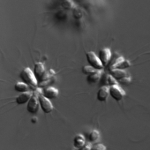 |
Choanoflagellates and Animal Multicellularity Single-celled and multi-celled choanoflagellates, the closest known relatives of animals—how they can help us understand how animals first evolved. |
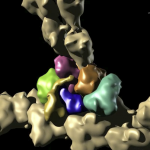 |
How Arp2/3 Complex Nucleates Actin Filaments The mechanism of a molecular machine, the Arp2/3 complex, which nucleates networks of actin filaments to produce force within cells. |
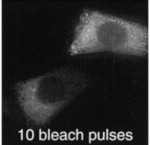 |
Continuity of, and Diffusion through, the Endoplasmic Reticulum Investigating the mobility of proteins in the Endoplasmic Reticulum, the tubular network within cells where proteins are made for export. |
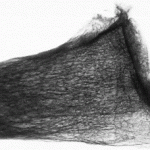 |
The Trabecular Bone Pattern as a window into Osteoporosis Analyzing the patterns found in x-ray images of bones to tell us about osteopenia. |
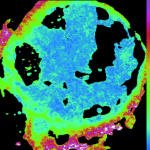 |
Fluorescence Lifetime Imaging (FLIM) This technique gives us an extra dimension of fluorescence information |